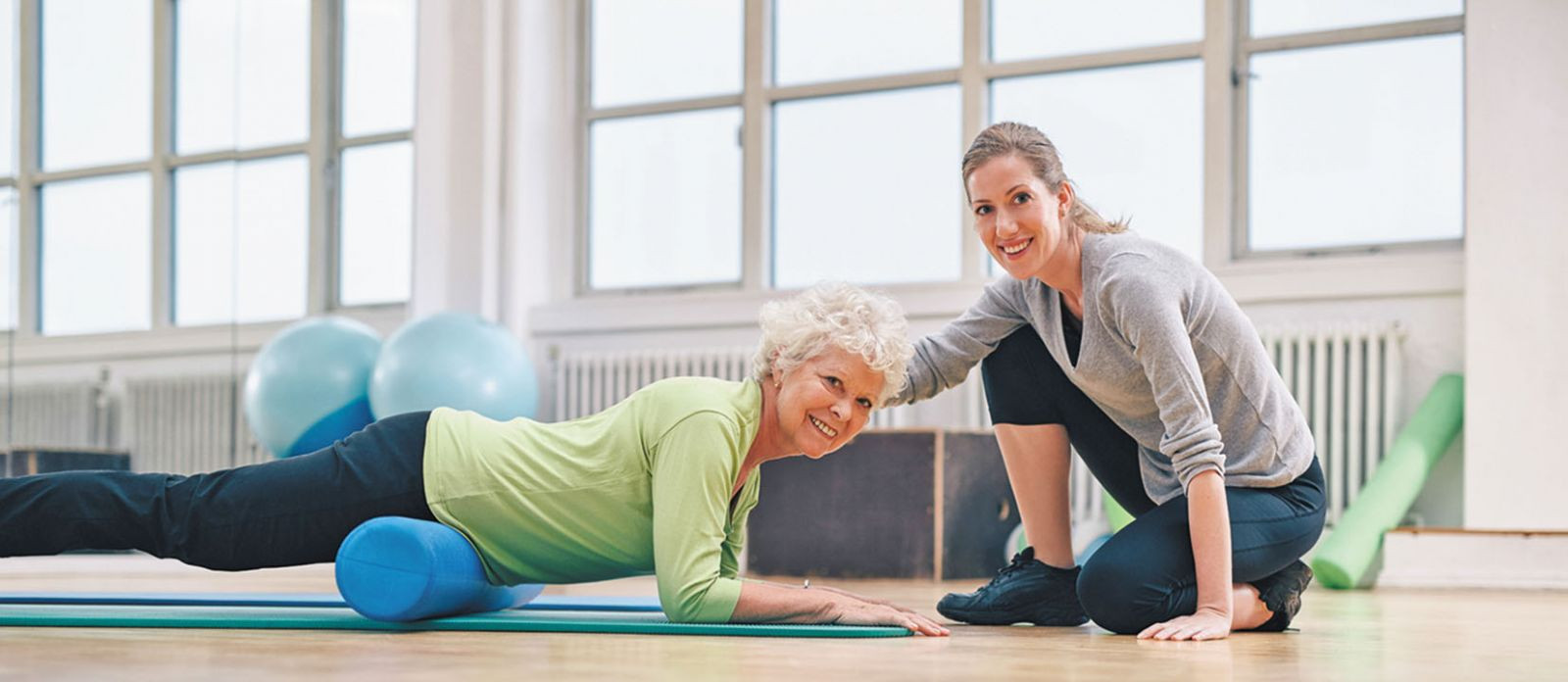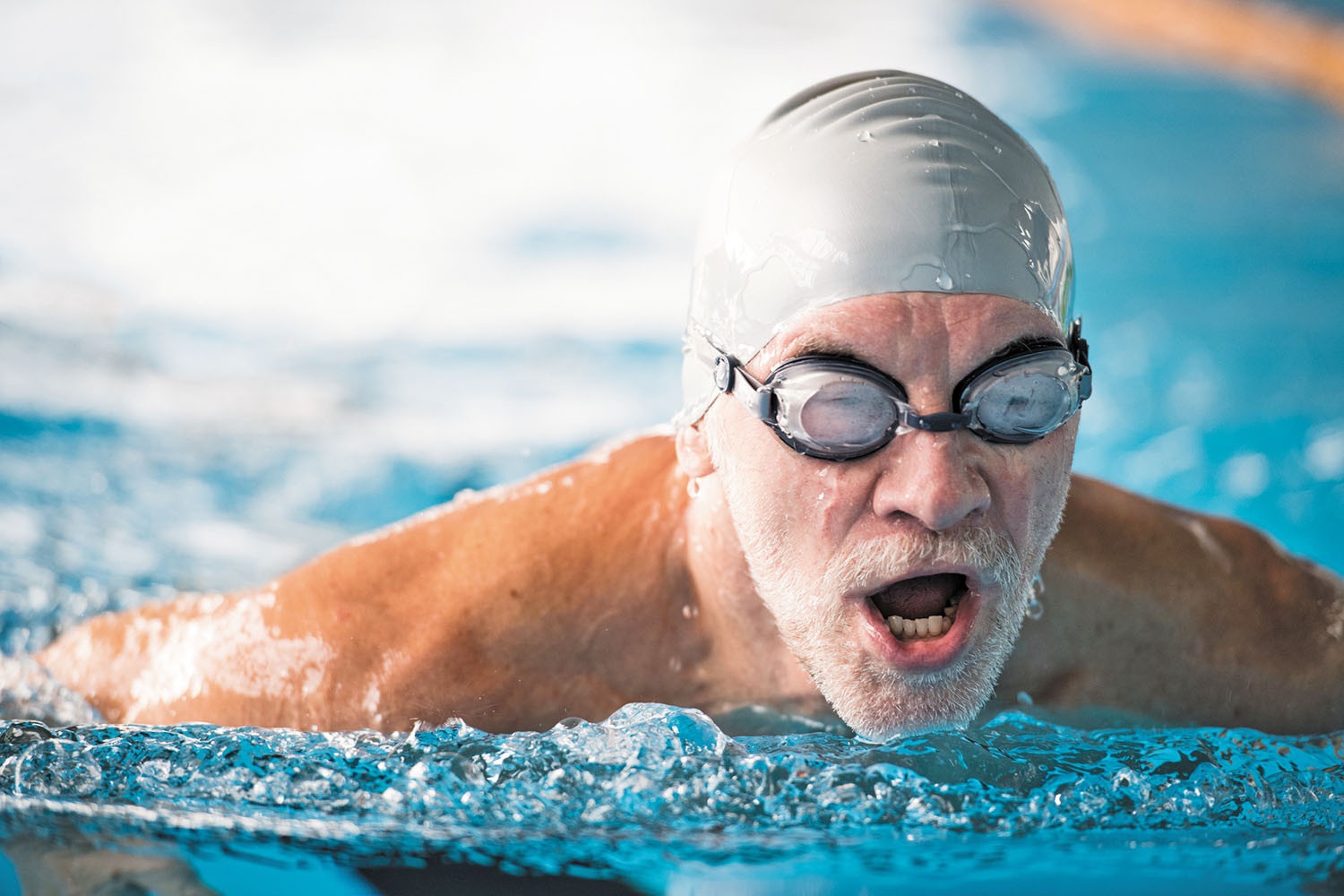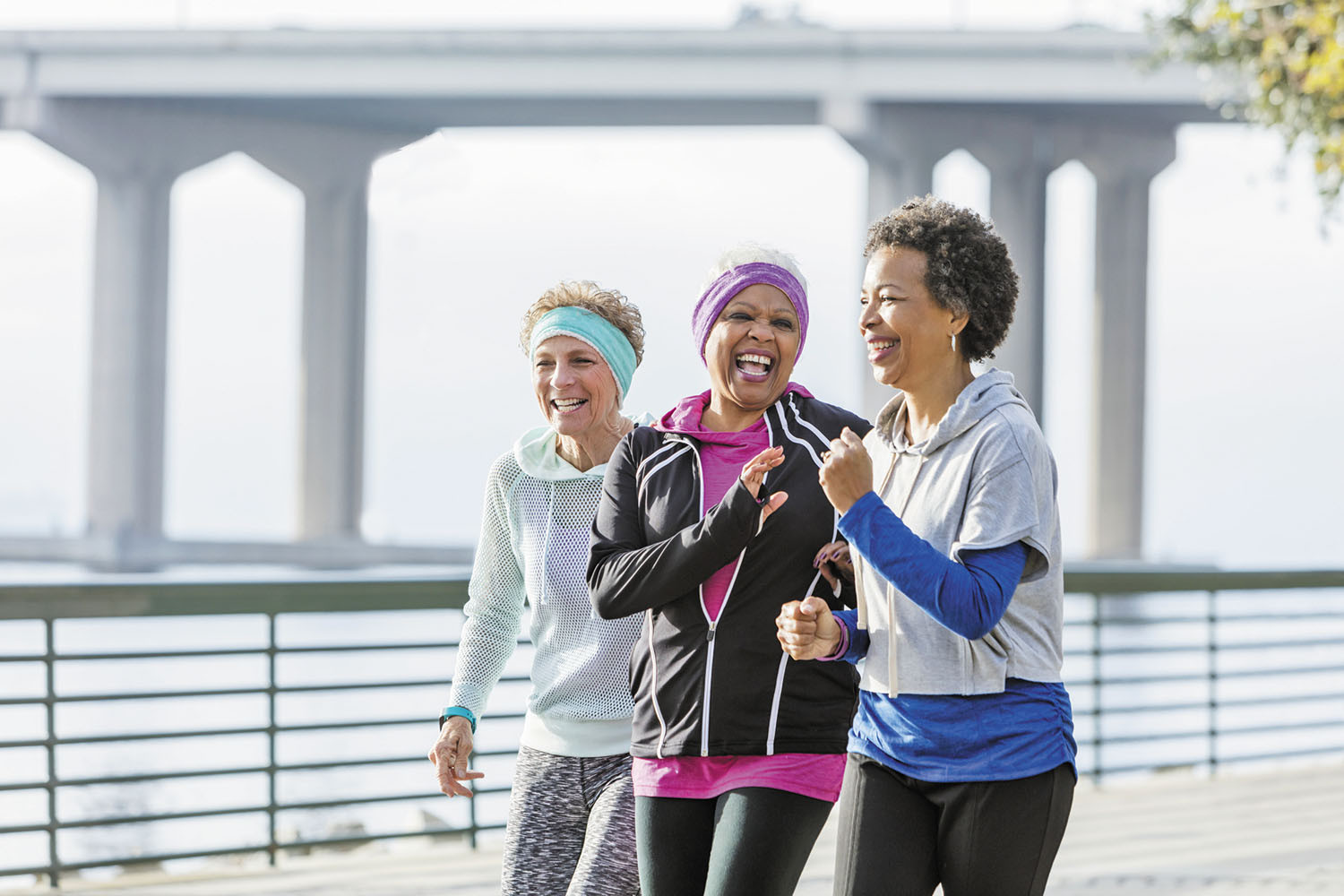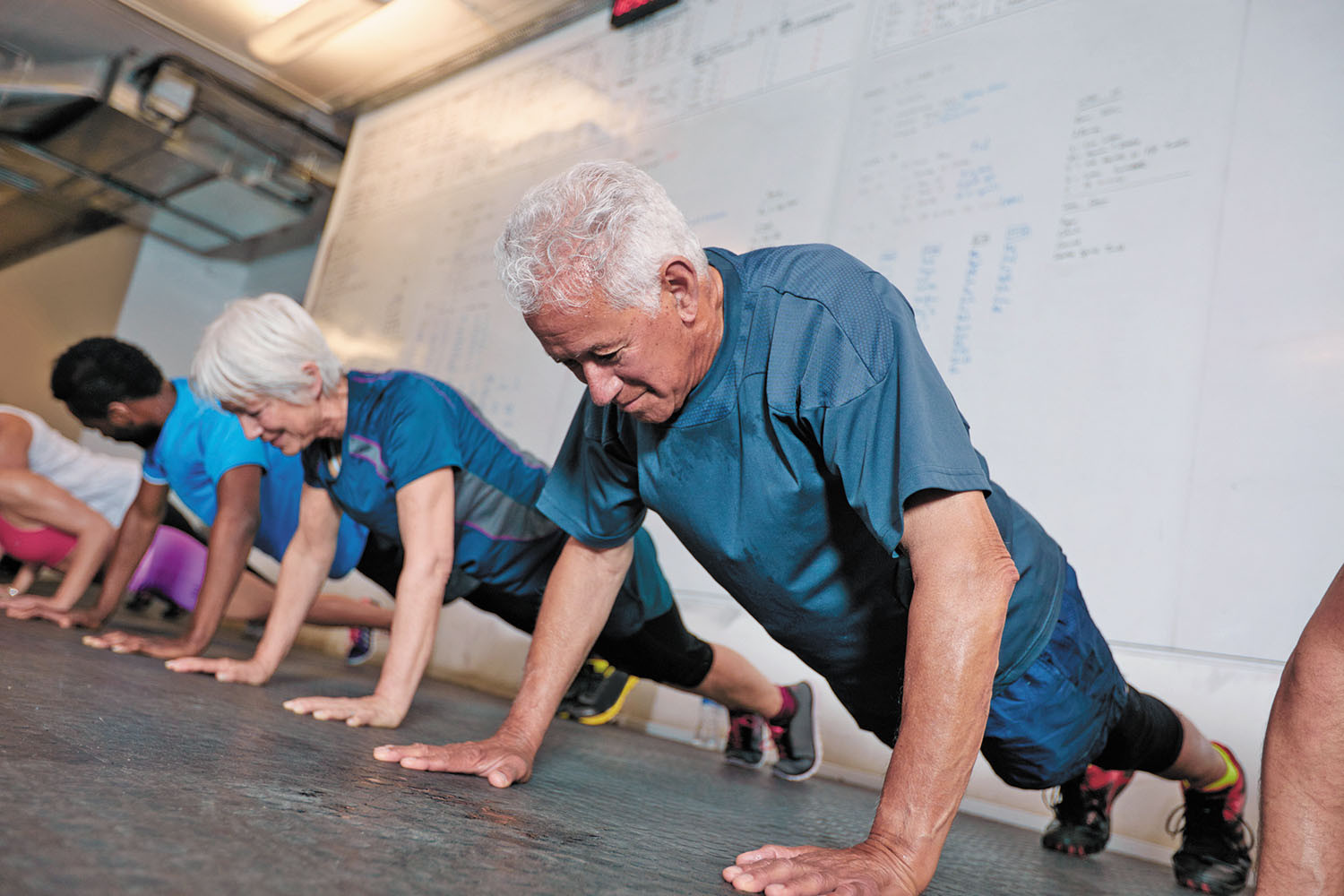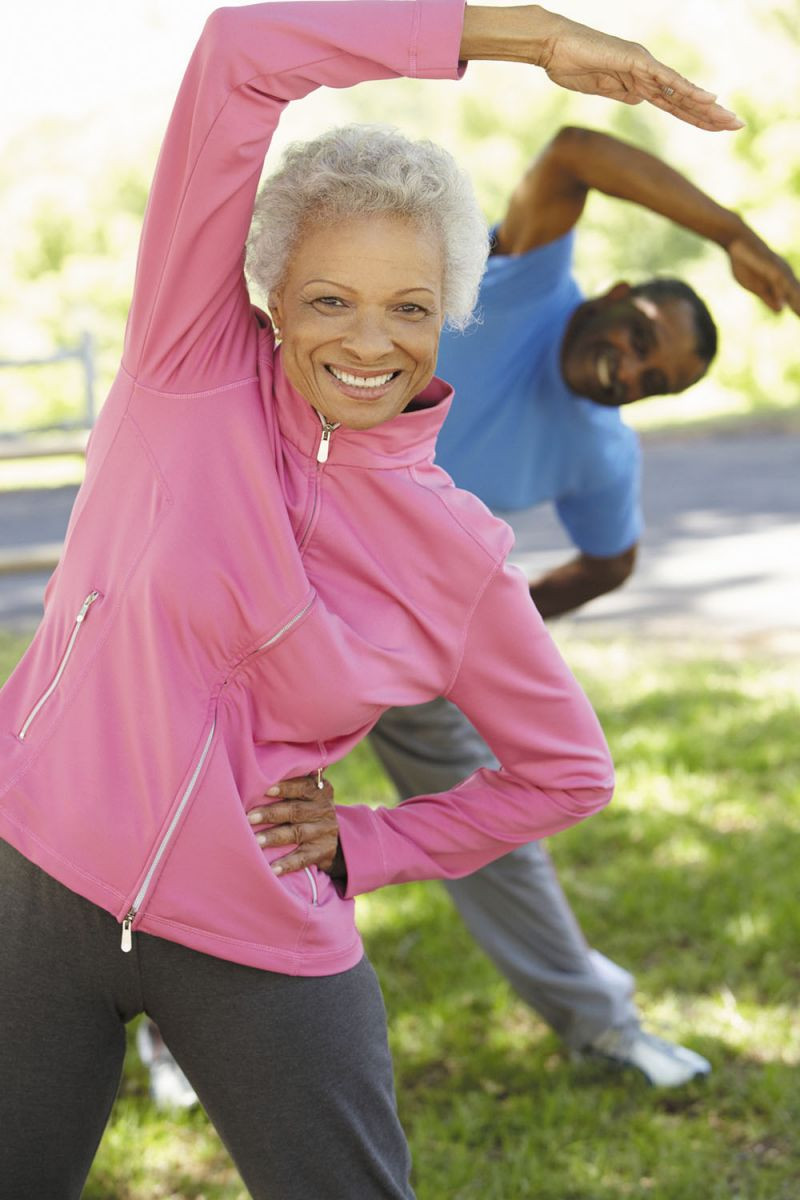
5 timeless habits for better health

What are the symptoms of prostate cancer?

Is your breakfast cereal healthy?

When pain signals an emergency: Symptoms you should never ignore

Does exercise give you energy?

Acupuncture for pain relief: How it works and what to expect

How to avoid jet lag: Tips for staying alert when you travel

Biofeedback therapy: How it works and how it can help relieve pain

Best vitamins and minerals for energy

Should you take probiotics with antibiotics?
Exercise & Fitness Archive
Articles
The wonders of winter workouts
Exercising in colder temperatures offers many advantages.
Image: © amriphoto/Getty Images
Even though the temperature has dropped, this doesn't mean you have to bring your workouts indoors.
"When it gets into the 40s and 30s, you can still enjoy your regular outside routines, like walking, running, and even cycling," says Dr. Adam Tenforde, an assistant professor of sports medicine and rehabilitation at Harvard-affiliated Spaulding Rehabilitation Network.
5-minute fixes for better health
Taking on a new health regimen can be daunting. Accomplishing smaller tasks that contribute to health may be easier to achieve.
You know what you're supposed to do: exercise daily, ditch junk food, get more sleep, and stay vigilant about every aspect of your health. It's a nonstop commitment that seems like a major undertaking if you've fallen behind. But putting off a healthy lifestyle increases the risk for developing chronic disease and jeopardizes your independence.
Rather than identifying big ways to improve your health, and then procrastinating, focus on small tasks that won't overwhelm you. Try a quick fix once in a while — or all the time if it applies. The more you do, the better you'll feel.
Should you add foam rolling to your workout routine?
Just a few minutes of rolling can help make your muscles more receptive to stretching and relieve muscle soreness, too.
Image: © jacoblund/Getty Images
Working out regularly will help you hold on to your flexibility, mobility, and independence. And using a simple tool may improve this grip on fitness by priming the muscles and making your workouts more effective.
The tool is called a foam roller. It looks like a fat tube or a bolster pillow for a bed. To use it, you slowly roll an area of your body — like your upper back, hips, or calves — back and forth across the top of the roller.
Tai chi, the winner at warding off falls
News briefs
Image: © kali9/Getty Images
Exercising is one of the best ways to ward off falls. But which type of exercise helps most? A small randomized controlled trial — the gold standard in research — found that tai chi is the winner. The study was published online Sept. 10, 2018, by JAMA Internal Medicine. Researchers took 670 older adults (average age 78) with a self-reported history of falls or mobility problems and divided them randomly into three groups. One group did tai chi only; one group did stretching exercises only; and one group did aerobics, strength training, and balance and flexibility exercises. All of the participants took part in their assigned activities twice a week, for an hour each time. After six months, people in the tai chi group had experienced 58% fewer falls compared with people in the stretching group, and 31% fewer falls compared with people in the group doing several types of exercises. The type of tai chi in the trial was tailored to older adults at risk for falling. But lots of evidence has shown tai chi in general is effective for improving balance. It uses a series of slow, flowing motions and deep breathing. The gradual shifting of weight boosts your strength, flexibility, range of motion, and reflexes.
What’s good for your heart is good for your brain, even later in life
News briefs
Image: © Shuttermon/Getty Images
A French study published Aug. 21, 2018, in The Journal of the American Medical Association suggests that the more steps you take to boost your heart health, the lower your risk for developing dementia. Researchers evaluated health and lifestyle data for more than 6,000 men free of dementia and heart disease men in their 70s to see how they were doing when it came to following seven steps recommended by the American Heart Association: not smoking; controlling weight; getting regular physical activity; eating a healthy diet (that included fish twice a week or more, and fruits and vegetables at least three times per day); and maintaining healthy blood pressure, cholesterol, and blood sugar levels. Researchers also conducted psychological testing on participants at various times. After eight years, it appeared that men who followed five to seven of the healthy habits had the least risk (8%) for developing dementia during the study, compared with men who followed two or fewer habits (they had a 13% risk). The study was observational and doesn't prove that following heart-healthy habits will lower your dementia risk. But many other studies have made similar connections. The takeaway: It's not too late to try to prevent dementia.
Take the plunge: Try a water workout
Swimming or doing water aerobics can be a good way to keep your heart in good shape.
Image: © Halfpoint/Getty Images
Looking for an activity to boost your heart health that's easy on your joints and doesn't leave you all sweaty? Swimming might be just the ticket. If you have access to an indoor pool, you can swim or do water aerobics year-round — and throughout much of your life.
"If you were to envision an exercise you could start during childhood and continue well into your later years, swimming has to be near the top of the list," says Dr. Meagan Wasfy, a cardiologist at the Cardiovascular Performance Program at Harvard-affiliated Massachusetts General Hospital. Swimming also works many different muscles in the arms, legs, and torso. The buoyancy of the water takes the stress off your joints. That can make exercising a little easier if you have arthritis, are overweight, or are recovering from an injury.
Walking linked to lower heart failure risk in older women
Research we're watching
Image: © kali9/Getty Images
The more a middle-aged or older woman walks or does other exercise, the lower her risk of developing heart failure, a new study suggests. Heart failure — which means the heart is too weak or too stiff to pump enough blood through the body — affects some 5.7 million Americans.
Researchers tracked the exercise habits and heart health of more than 137,000 women who were ages 50 to 79 when the study began. After an average follow-up of 14 years, women who got at least some physical activity were 11% less likely to develop heart failure than those who didn't exercise at all — and those with the highest levels of physical activity were 35% less likely to develop heart failure.
Stop making these common workout mistakes
Skipping warm-ups and lifting too much can lead to injury.
Image: © laflor/Getty Images
Exercising is one of the best things you can do for your health, and you deserve an enthusiastic pat on the back for any amount of physical activity you're doing. But if you're performing your exercises the wrong way, you could be hurting, not helping your body.
One of the biggest exercise errors is using improper technique. You risk back injury if you arch your back while doing planks or push-ups, and knee injury if you bend too deeply in a lunge or squat (see "Move of the month").
Move more, even if it’s gentle activity
News briefs
Are you putting off exercise because you think you need to jump into a rigorous routine? An observational study published Aug. 8, 2018, in the Journal of the American Heart Association suggests that even light physical activity, combined with less time sitting, is associated with signs of better heart and blood vessel health among older adults. Researchers analyzed health information for more than 1,600 people ages 60 to 64 who underwent clinical assessments and wore heart and physical activity monitors for five days. Participants' activity ranged from light intensity — like stretching and golfing — to moderate-to-vigorous activity, like brisk walking, dancing, and lawn mowing. Scientists also looked at participants' blood markers for heart and blood vessel disease, including the inflammation markers C-reactive protein and interleukin-6. The results: compared with being sedentary, people with light to moderate activity levels had more favorable biomarker profiles. The takeaway: lots of research has shown that replacing sedentary time with any amount of physical activity is linked to better health, so don't let high activity goals keep you from getting off the couch.
Image: © Mark Bowden/Getty Images
“Prehabilitation” may improve heart surgery recovery
Image: Thinkstock
Research we're watching
After heart surgery, patients often enroll in cardiac rehabilitation, a multiweek program of structured exercise paired with lifestyle and nutrition education. A new review suggests that a similar program done prior to surgery, known as "prehabilitation," may help older, frail people to recover better from heart surgery.
The prehab approach goes by the acronym NEW, which stands for nutritional status, exercise capacity, and worry reduction. Targeting those three factors seems to improve people's physical and psychological readiness for undergoing surgery, according to the article, published in the July Canadian Journal of Cardiology.

5 timeless habits for better health

What are the symptoms of prostate cancer?

Is your breakfast cereal healthy?

When pain signals an emergency: Symptoms you should never ignore

Does exercise give you energy?

Acupuncture for pain relief: How it works and what to expect

How to avoid jet lag: Tips for staying alert when you travel

Biofeedback therapy: How it works and how it can help relieve pain

Best vitamins and minerals for energy

Should you take probiotics with antibiotics?
Free Healthbeat Signup
Get the latest in health news delivered to your inbox!
Sign Up


